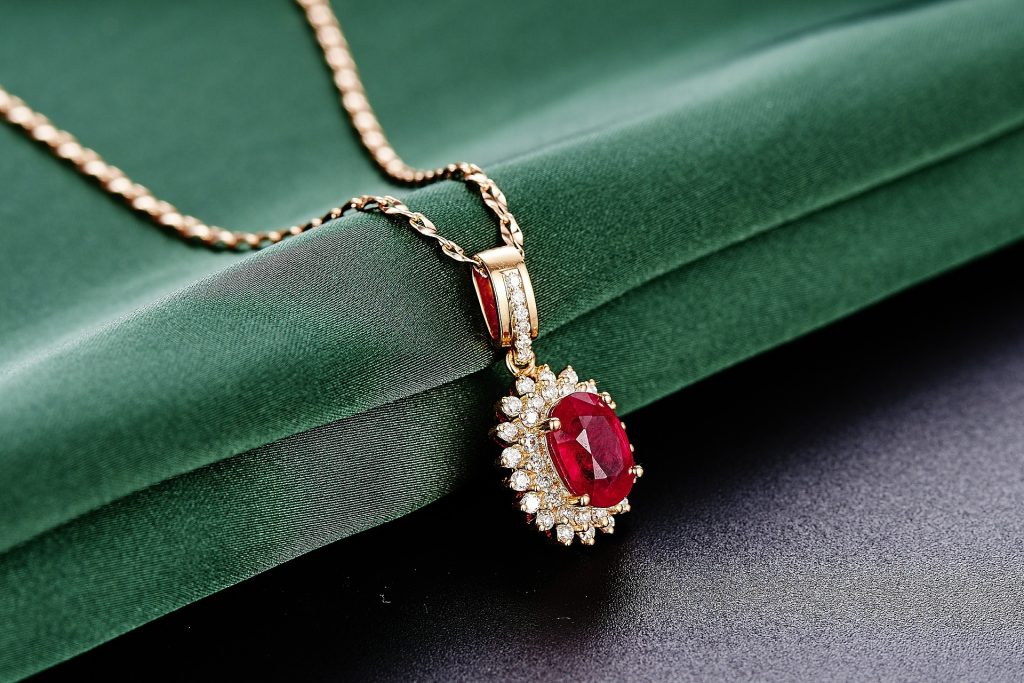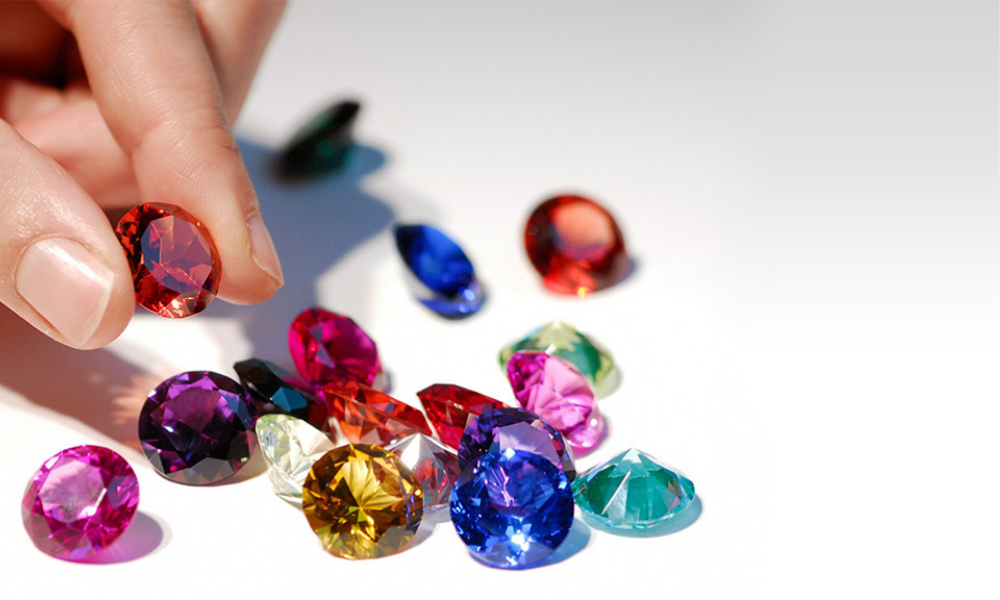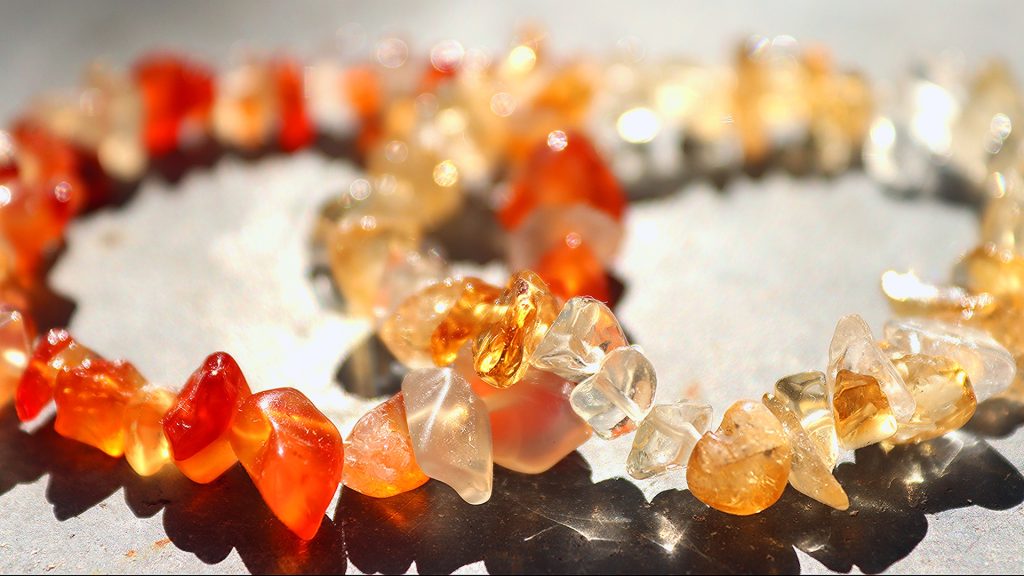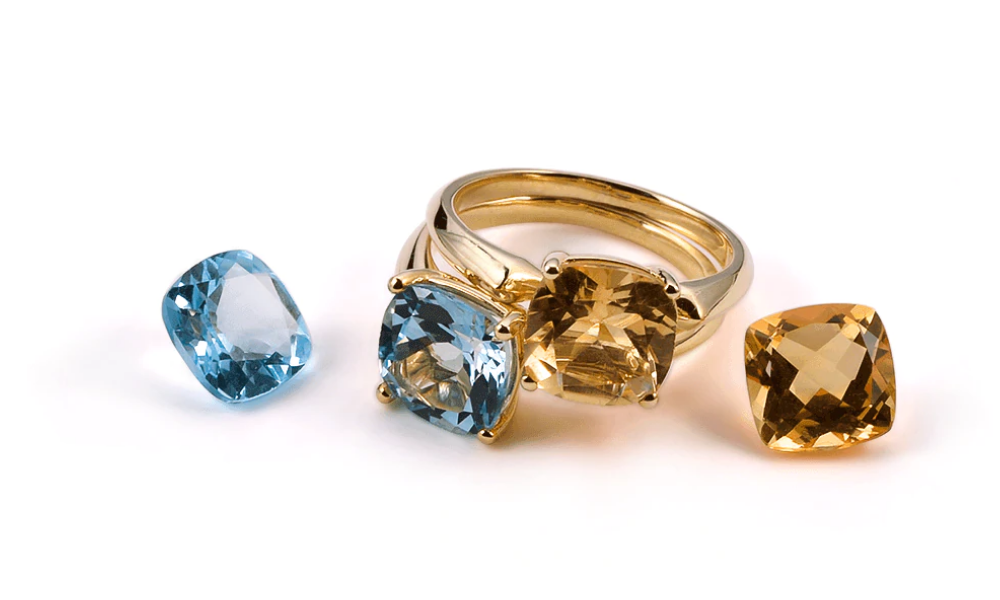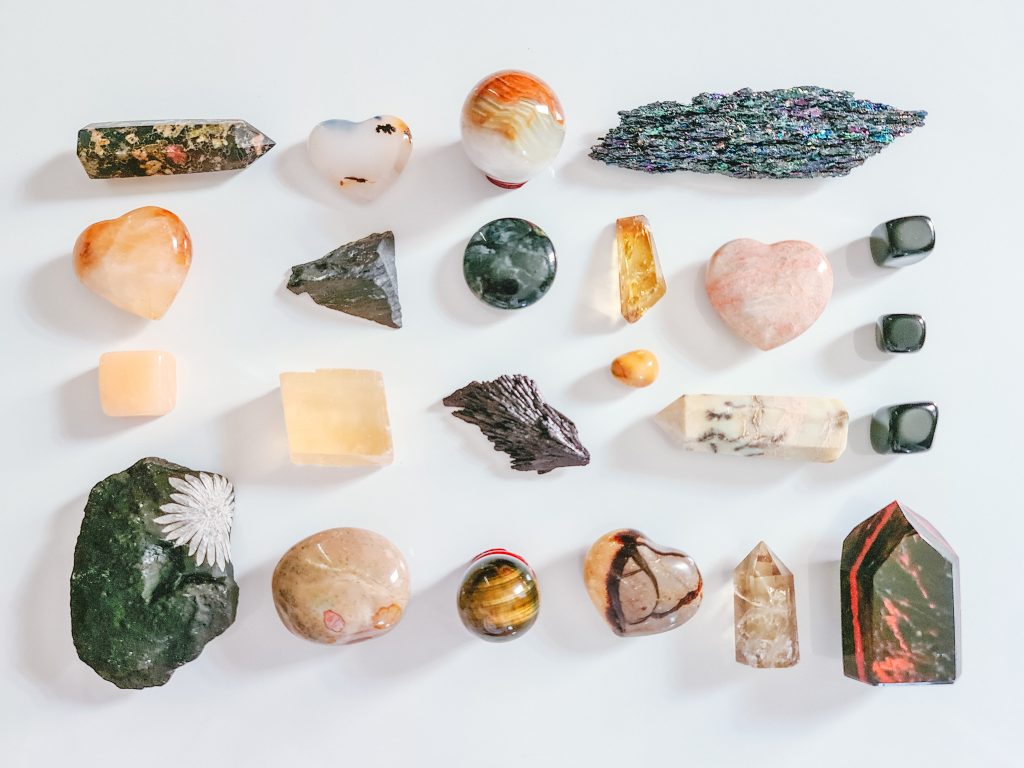There is some debate about what gemstone represents evil, but it is generally accepted that opal is associated with evil. In the 12th century, during the black plague, opal was thought to be a stone of misfortune because it lost its color when a person died. While this belief may be partly due to a misunderstanding of Sir Walter Scott’s novel, it has been largely disproven.
With Halloween just around the corner, there’s no better time to talk about the fascinating myths surrounding jewels that are said to bring ill luck. When gemstones are utilized or valued for their mystical characteristics, it is usually for their capacity to affect a positive outcome. However, some gems, such as opal, black diamond, and pearl, have a reputation for being unlucky in their owners over the centuries.
While we gemmologists do not believe in the superstitions surrounding these equally amazing gemstones, such tales are fascinating – and could be great for presenting eerie Halloween stories!
In today’s world, crystals are mostly associated with their beneficial properties and what they can do for the mind, body, and spirit. Some crystals provide prosperity, while others bring love, and a large number offer protection from negative energy.
Superstitions about gemstones have existed for as long as gemstones themselves, but labeling specific stones as “bad luck crystals” seems absurd. Crystals are here to assist us in healing, growing, and pursuing our aspirations. Let us not, however, rule out the possibility of undesirable side effects from crystals.
Are Some Gemstones Unlucky?
People have long believed in the protective properties of amulets and talismans, and have used them to both fends off evil and bring good fortune. While almost anything can be considered a good luck charm, specific attributes have come to be linked with the most regularly incorporated elements into these guardians, notably gemstones.
These traits can be positive, negative, or a combination of the two since certain jewels (or precious substances we consider to be in the same class as gemstones, such as pearls and coral) have both good and harmful aspects. Fortunately, folklore provides treatments for many of the negative effects of specific stones, allowing us to wear our favorite trinkets without fear of harm.
For example, just as you should never offer or receive a knife as a gift. Both of these valuable compounds must be obtained in order to counteract their negative effects. A string of pearls can be “purchased” by handing the presenter a modest sum of money, such as a dollar or a quarter, thereby completing a financial transaction. Similarly, opals are “purchased” in the same way — a quarter or two is promptly given to end the curse of these stones. Wearing opals in settings with diamonds, which are considered to have more power than the other, is another way to counteract them.
If a crystal isn’t working for you, it could be for several reasons. Most likely it boils down to one of the following:
It needs to be cleansed. Many crystals absorb the energy of the environment. Negative and highly poisonous energies are included. If your crystal has not been cleaned after absorbing such energies, you may be susceptible to absorbing that bad energy. Cleanse your crystals at least once a week!
It’s giving you a hard time. If you’re having bad side effects from working with crystals, it could be the stone you’re looking for. Crystals have a tendency to assist us in processing our emotions and prior traumas. When the crystal tries to open you up to healing, if you unintentionally suppress these feelings, they can manifest as illness or exhaustion. Don’t pass judgment on these gems too quickly—they only want what’s best for you. Allow yourself to feel your feelings without resisting them.
It’s not the crystal for you right now. The third option is that your energy is not on the same wavelength as this particular crystal. Another one is better suited to you at this time in your life.
Evil Gemstones That Bring Bad Luck
-
Opal
One explanation is that opals were created by a lightning strike and that the flashes of the color inside are actually trapped lightning. This story has been told as far back as Ancient Greece. These tales have been passed down over the ages, with some even claiming that the opal is the stone that brought good fortune to its wearer. In the Middle Ages, the opal was regarded as a “magician’s stone” because it was believed to have the powers of every gemstone, including the infamous diamond.
However, this superstition does not apply to opals. While opals are very beautiful, it is not advisable to avoid them. They are beautiful gemstones, and they should not be avoided. If you’re worried about the power of opals, you should consider other options, including opal pendants or necklaces. You can even make your own crystal creation. The only difference between the two types is that opals are more expensive than diamonds.
The most significant event in Opal’s history occurred in 1829, when Walter Scott’s novel Anne of Geuerstein was published, in which the heroine wears Opal jewelry and dies shortly after holy water is poured on her. As a result, the concept that Opal is the stone of misfortune and even death arose.
Another myth is that you can’t wear Opal if you weren’t born in October. This superstition is said to have been created by Diamond sellers to discourage people from purchasing Opals. However, if you go back in time, you’ll find that the Romans considered Opals to be the happiest stones, bringing wonderful luck.
There is also the myth that Opals cannot be gifted and that they must be purchased with one’s own money. It is said to make you detest the person who gave you the Opal. Opal may form an attachment to the person who purchased it right away, and it believes that person to be its owner.
-
Pearls
Pearls have a captivating, romantic, and interesting quality to them. Perhaps this is why hundreds of fairytale tales and traditions about the mystical and even divine origins of these precious stones have been maintained in various regions of the world.
Despite its many benefits, Pearls, like the Opal, are regarded as an unlucky stones by some. It is said to cause the owner to lose his or her creativity and hopes.
It was thought that seeing Pearls in a dream meant problems and failure, than receiving them as a present meant tears, and that giving them as a gift meant mistrust. Pearls are often thought to be a sneaky gem; some people feel that they are a bad force.
The most popular belief about pearls is that they represent tears. As a result, you should not present them as a gift, as they will bring misery and tears to the recipient. Pearls should never be used in a wedding or engagement ring because they will “bring tears to a marriage.” Brides are specifically advised not to wear pearls on their wedding day in order to avoid starting a new life in despair.
-
Black diamonds
Black Diamonds were thought to be bits of falling stars by the ancient Romans, tears of the gods by the ancient Greeks, and perfect by the ancient Indians since they were made from the five origins of nature (water, earth, fire, space, and air).
Legends about cursed Black Diamonds, on the other hand, abound. According to folklore, the rough stone was handed to India’s Brahma statue. When a monk realized the stone was valuable, he stole it. After his crime, the new owner died swiftly. A Black Diamond is also related to the color of a snake’s eye in Indian tradition and is a symbol of the god of death.
It is obvious that the legends about the cursed Black Diamond are just legends and they should not be used as a guide when choosing a Black Diamond piece of jewelry. In addition, it’s always good to remember that there are different beliefs and legends about the same types of stones across different cultures.
Some Other Gemstones
-
Ruby
Rubies are claimed to change color depending on the wearer’s health, exposing the presence of health issues that aren’t visible to the human eye and that the wearer is ignorant of. They help shield the bearer from filthy ideas.
-
Sapphires
Sapphires are considered to provide love and happiness to individuals who possess them. Sapphires are said to have extraordinary qualities to induce trances in the Buddhist tradition.
-
Emerald
Emeralds provide joy to married couples. They are considered aphrodisiacs in several parts of the world (which may have something to do with the previous point). It is claimed that women who wear them during labor have less discomfort. They also treat diarrhea and epilepsy, protect against snakebites, and keep witches at bay. Touching the blind is said to be beneficial.
Holding an emerald beneath one’s tongue is said to offer the capacity to conjure malevolent spirits. It’s a good idea to wear one to court because the stone is thought to ensure victory in legal battles.
Purported Properties Of Various Semi-Precious Gems & Like Substances
Agate: This stone was once thought to grant its owner invisibility and the ability to turn opponents’ swords against themselves. The stone protects the person from the Evil Eye and storms, as well as gives them an eloquent tongue. Agate is claimed to treat fevers, toxic bites, and stings, improve eyesight, stimulate conception, and bring good luck in love and sports events to those who wear it.
Coral: This mineral is said to be a potent guardian against sorcery and the Evil Eye, as well as nightmares. Coral should be rubbed against a baby’s gums to help with teething, and it should be worn around the necks of older children to protect them against witchcraft.
Red coral is especially beneficial, offering protection to ships and houses against storms. This shade will also turn pale if its wearer’s health takes a turn for the worse but will return to its original hue as the patient recovers.
Jade is thought to bring good fortune to those who wear it. It is claimed to bring rain to Africa, cure spleen disorders in South America, and be used to make fertility symbols in New Zealand.
Topaz is commonly considered to be a particularly lucky stone. It is thought to represent money and friendship, and to have the ability to attract both to the wearer. The topaz gives its wearer strength and wisdom, protects them from crazy, and gives them some influence over wild animals.
Turquoise: This stone is a symbol of wealth, bringing happiness and good fortune to those who wear it. It was once thought that it would keep husband and wife from fighting. It is also stated that when presented with an open heart, it removes any previous negative emotions between the gift giver and the recipient. It’s also said to be good for arousing sexual arousal.
Some, on the other hand, link the stone with corruption and decay, citing its history of usage in alchemy and necromancy as evidence. Changes in the brilliance of its blue are thought to warn the user of impending peril.
Conclusion
There are a variety of gemstone superstitions that can deter individuals from purchasing certain crystals, although most of them can be attributed to coincidence or one of the aforementioned explanations. If a crystal absorbs particularly negative energy, it can manifest in a variety of ways. One of the most important lessons gemstones teach us is that we create our own luck.
Everyone wishes for a fortuitous break at some point in their lives. After all, in today’s world, life has become a never-ending battle, and nothing you try seems to work. If you’ve tried your hand at something and failed, you know how depressing it can be, and if you move on to something else and still fail, life becomes even more difficult. Man has tried to find a cure to ill luck in nature since the dawn of civilization, and one of the areas of concentration has been gemstones.



